If I search on internet I see thousands of serial or parallel resistor calculators, where you can fill in the 'input' resistors, and the output resistance is given.
However, I wonder if there is a program/app/website where you can set the output resistance, and it calculates the closest value using e.g. 1, 2, 3 and 4 resistors in any serial/parallel combination.
So. e.g. I want a resistance of 1.5K.
The result would be something like:
- 1 resistor:1 K ( = 1000R )
- 2 resistors: 1 K + 510 ( = 1510 R)
- 3 resistors: 1 K + 470 + 22 (= 1492 R)
- 4 resistors: 1 K + 470 + 22 + 10 ( = 1503 R)
Probably there are better solutions using parallel combinations, but to find them is quite hard (trial and error).


